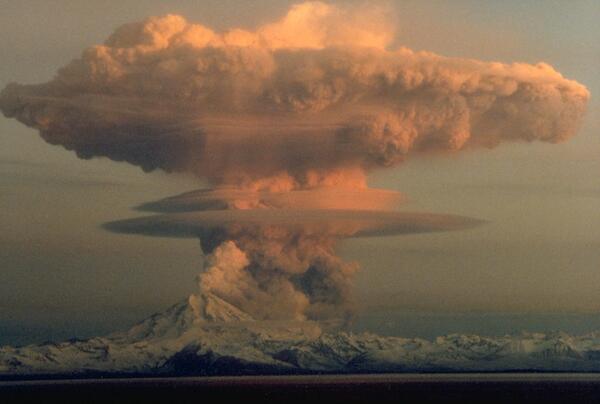The Alaska Volcano Observatory responded to eruptions, considerable and minor volcanic unrest, and seismic events at 15 volcanic centers in Alaska during 2018. The most notable volcanic activity came from Mount Cleveland, which had continuing intermittent dome growth and ash eruptions, and Mount Veniaminof, Great Sitkin Volcano, and Semisopochnoi Island, the three of which had minor...
Authors
Cheryl Cameron, Tim Orr, James Dixon, Hannah Dietterich, Christopher Waythomas, Alexandra M. Iezzi, John Power, Cheryl Searcy, Ronni Grapenthin, Gabrielle Tepp, Kristi Wallace, Taryn Lopez, Kimberly Degrandpre, John M. Perreault

















